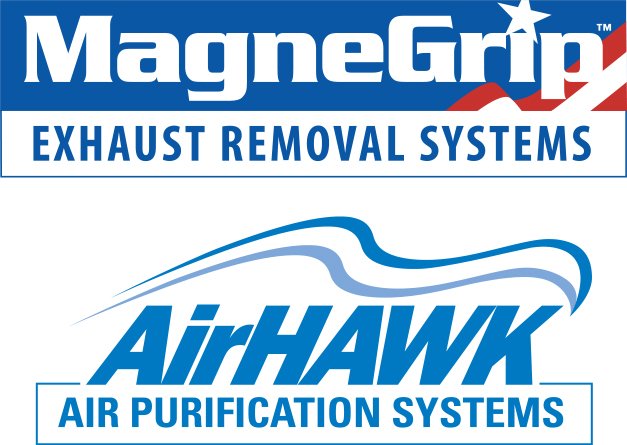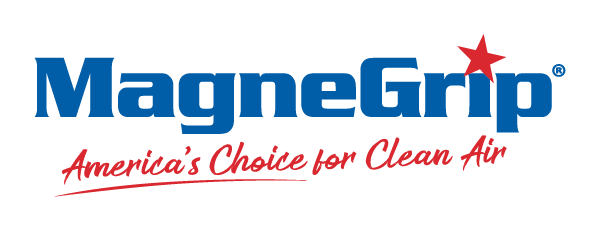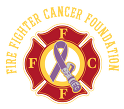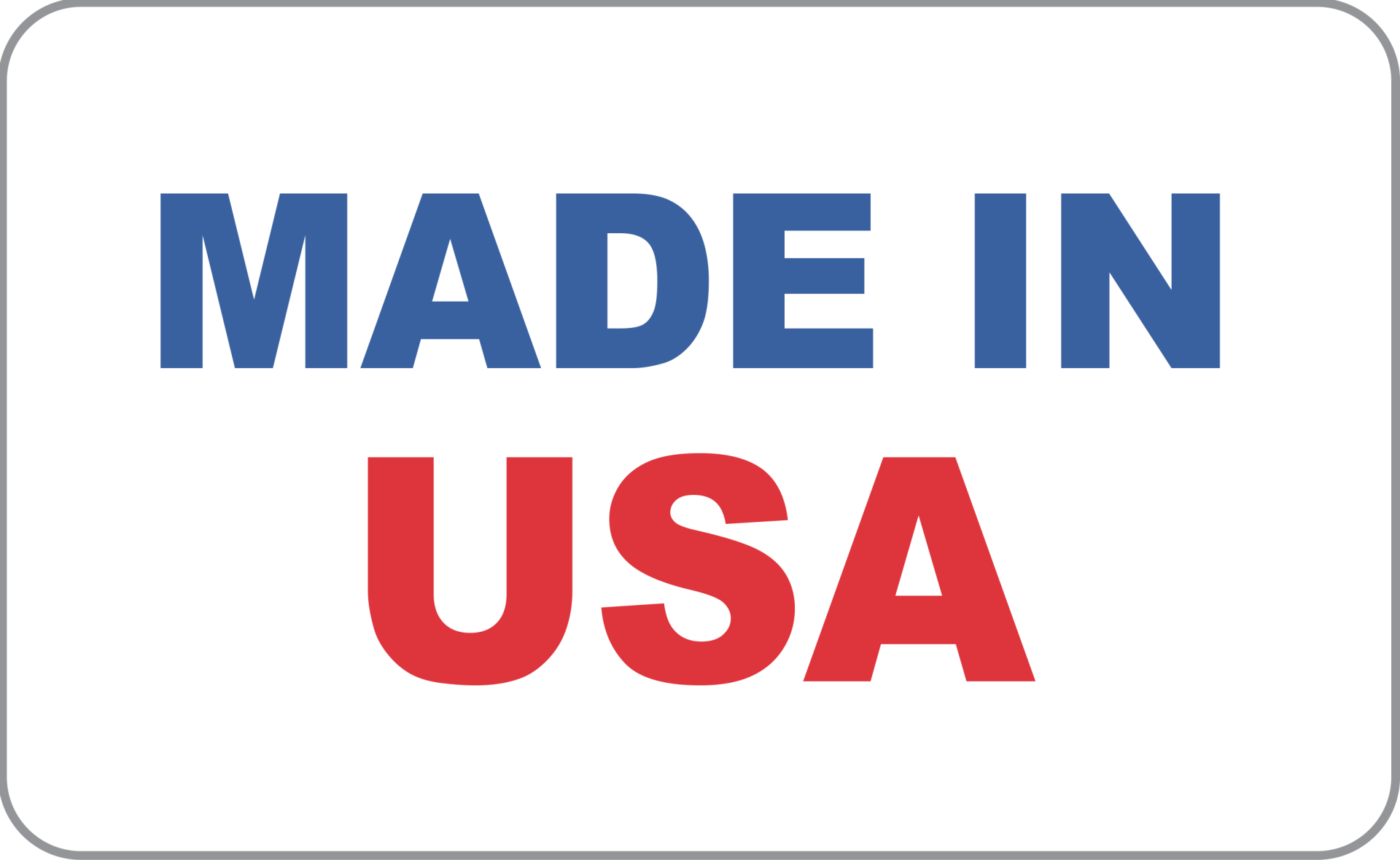What is the Firefighter Cancer Problem?
Firefighter cancer is a looming personal catastrophe for each and every fire fighter and is the most dangerous threat to the health and safety of our nation’s firefighters. Cancer has caused 61% of career firefighter line-of-duty deaths sine 2001. By contrast, heart disease has caused 18% of line-of-duty deaths during the same time period. (IAFF data Jan. 1, 2002 to March 31, 2017.) Multiple studies, including the 2010 NIOSH cancer study, have repeatedly demonstrated credible evidence for statistically higher rates of multiple types of cancers in firefighters compared to the general American population including:• Testicular cancer (2.02 times greater risk)• Mesothelioma (2.0 times greater risk)• Multiple myeloma (1.53 times greater risk)• Non-Hodgkin’s lymphoma (1.51 times greater risk)• Skin cancer (1.39 times greater risk)• Prostate cancer (1.28 times greater risk)• Malignant melanoma (1.31 times great risk)• Brain cancer (1.31 times greater risk)• Colon cancer (1.21 times great risk)• Leukemia (1.14 times greater risk)• Breast cancer in women (preliminary study results from the San Francisco Fire Department) We are beginning to understand the horrific magnitude of the problem, the challenges involved and the changes required in education, training, operations, medical screenings and personal accountability to effectively address cancer in the fire service.Yet, the signs of firefighters’ exposure to carcinogens are everywhere:• Firefighters working in active and overhaul fire environments carry SCBA on their backs but not always masks on their faces.• Firefighters proudly wear dirty and contaminated turnout gear and helmets.• Some fire instructors wear their carcinogen-loaded helmets and bunker gear as symbols of their firefighting experience. • Diesel exhaust, a recognized carcinogen, still contaminates many fire stations— apparatus bays as well as living, sleeping and eating quarters. • Many firefighters have only one set of gear, which means they are continually re-contaminated from previous fires.• Some diesel exhaust systems — even when installed — are not used, are used incorrectly or are poorly maintained.• Bunker gear is stored in apparatus bays where it is bathed in diesel exhaust.• Bunker gear goes unwashed for months at a time, even after significant fires. • Many volunteers carry their contaminated gear in the trunks of their personal vehicles resulting in superheating and enhanced off-gassing of contaminants into the passenger compartment and sometimes even into their homes. • Firefighters put their contaminated gear into the cabs of their apparatus before and after fires.• Some firefighters still take their contaminated bunker pants and boots into sleeping quarters.• The interiors of apparatus cabs are not decontaminated adequately or frequently.• Many firefighters do not take showers immediately following fires. “Pinpointing the cause of cancer is extremely difficult because firefighters are not exposed to just one agent. They are exposed to multiple cancer-causing agents. Because of the multiple exposures and the multiple routes of exposure — they inhale carcinogens and carcinogens are absorbed through the skin — it is also highly unlikely for firefighters to get only one type of cancer,” said Grace LeMasters, Ph.D., a professor of epidemiology at the University of Cincinnati and the lead author of a 2006 meta-analysis of 32 published studies of cancer in firefighters. Unfortunately, there is no immediate visible impact of carcinogenic exposure, since the time between exposure to carcinogens and the appearance of malignancies can be 20 years or longer. However, a large multi-institution multi-fire department study is underway to closely track firefighter occupational exposures and health effects. The study will establish the most meaningful correlations yet between firefighting and cancer. MagneGrip Exhaust Removal Systems reduce firefighter risk for cancer, respiratory and cardiovascular diseases by removing diesel exhaust emissions in the firehouses. With AirHawk Air Purification Systems, ceiling-mounted air filtration units remove hazardous airborne contaminants including viruses, bacteria and mold spores and neutralize gaseous compounds such as carbon monoxide and nitrous oxide. For information, call 800-875-5440 or visit www.magnegrip.com. Excerpts from: Firefighter Cancer Support Network white paper, “Firefighter Cancer Fact Check 2017”, Timothy Elliott and Fire Chief “Command Post,” weekly e-news, August 22, 2013.
Firefighter cancer is a looming personal catastrophe for each and every fire fighter and is the most dangerous threat to the health and safety of our nation’s firefighters. Cancer has caused 61% of career firefighter line-of-duty deaths sine 2001. By contrast, heart disease has caused 18% of line-of-duty deaths during the same time period. (IAFF data Jan. 1, 2002 to March 31, 2017.)
Multiple studies, including the 2010 NIOSH cancer study, have repeatedly demonstrated credible evidence for statistically higher rates of multiple types of cancers in firefighters compared to the general American population including:
• Testicular cancer (2.02 times greater risk)
• Mesothelioma (2.0 times greater risk)
• Multiple myeloma (1.53 times greater risk)
• Non-Hodgkin’s lymphoma (1.51 times greater risk)
• Skin cancer (1.39 times greater risk)
• Prostate cancer (1.28 times greater risk)
• Malignant melanoma (1.31 times great risk)
• Brain cancer (1.31 times greater risk)
• Colon cancer (1.21 times great risk)
• Leukemia (1.14 times greater risk)
• Breast cancer in women (preliminary study results from the San Francisco Fire Department)
We are beginning to understand the horrific magnitude of the problem, the challenges involved and the changes required in education, training, operations, medical screenings and personal accountability to effectively address cancer in the fire service.
Yet, the signs of firefighters’ exposure to carcinogens are everywhere:
• Firefighters working in active and overhaul fire environments carry SCBA on their backs but not always masks on their faces.
• Firefighters proudly wear dirty and contaminated turnout gear and helmets.
• Some fire instructors wear their carcinogen-loaded helmets and bunker gear as symbols of their firefighting experience.
• Diesel exhaust, a recognized carcinogen, still contaminates many fire stations— apparatus bays as well as living, sleeping and eating quarters.
• Many firefighters have only one set of gear, which means they are continually re-contaminated from previous fires.
• Some diesel exhaust systems — even when installed — are not used, are used incorrectly or are poorly maintained.
• Bunker gear is stored in apparatus bays where it is bathed in diesel exhaust.
• Bunker gear goes unwashed for months at a time, even after significant fires.
• Many volunteers carry their contaminated gear in the trunks of their personal vehicles resulting in superheating and enhanced off-gassing of contaminants into the passenger compartment and sometimes even into their homes.
• Firefighters put their contaminated gear into the cabs of their apparatus before and after fires.
• Some firefighters still take their contaminated bunker pants and boots into sleeping quarters.
• The interiors of apparatus cabs are not decontaminated adequately or frequently.
• Many firefighters do not take showers immediately following fires.
“Pinpointing the cause of cancer is extremely difficult because firefighters are not exposed to just one agent. They are exposed to multiple cancer-causing agents. Because of the multiple exposures and the multiple routes of exposure — they inhale carcinogens and carcinogens are absorbed through the skin — it is also highly unlikely for firefighters to get only one type of cancer,” said Grace LeMasters, Ph.D., a professor of epidemiology at the University of Cincinnati and the lead author of a 2006 meta-analysis of 32 published studies of cancer in firefighters.
Unfortunately, there is no immediate visible impact of carcinogenic exposure, since the time between exposure to carcinogens and the appearance of malignancies can be 20 years or longer. However, a large multi-institution multi-fire department study is underway to closely track firefighter occupational exposures and health effects. The study will establish the most meaningful correlations yet between firefighting and cancer.
MagneGrip Exhaust Removal Systems reduce firefighter risk for cancer, respiratory and cardiovascular diseases by removing diesel exhaust emissions in the firehouses. With AirHawk Air Purification Systems, ceiling-mounted air filtration units remove hazardous airborne contaminants including viruses, bacteria and mold spores and neutralize gaseous compounds such as carbon monoxide and nitrous oxide.
For information, call 800-875-5440 or visit www.magnegrip.com.
Excerpts from: Firefighter Cancer Support Network white paper, “Firefighter Cancer Fact Check 2017”, Timothy Elliott and Fire Chief “Command Post,” weekly e-news, August 22, 2013.







Share On: